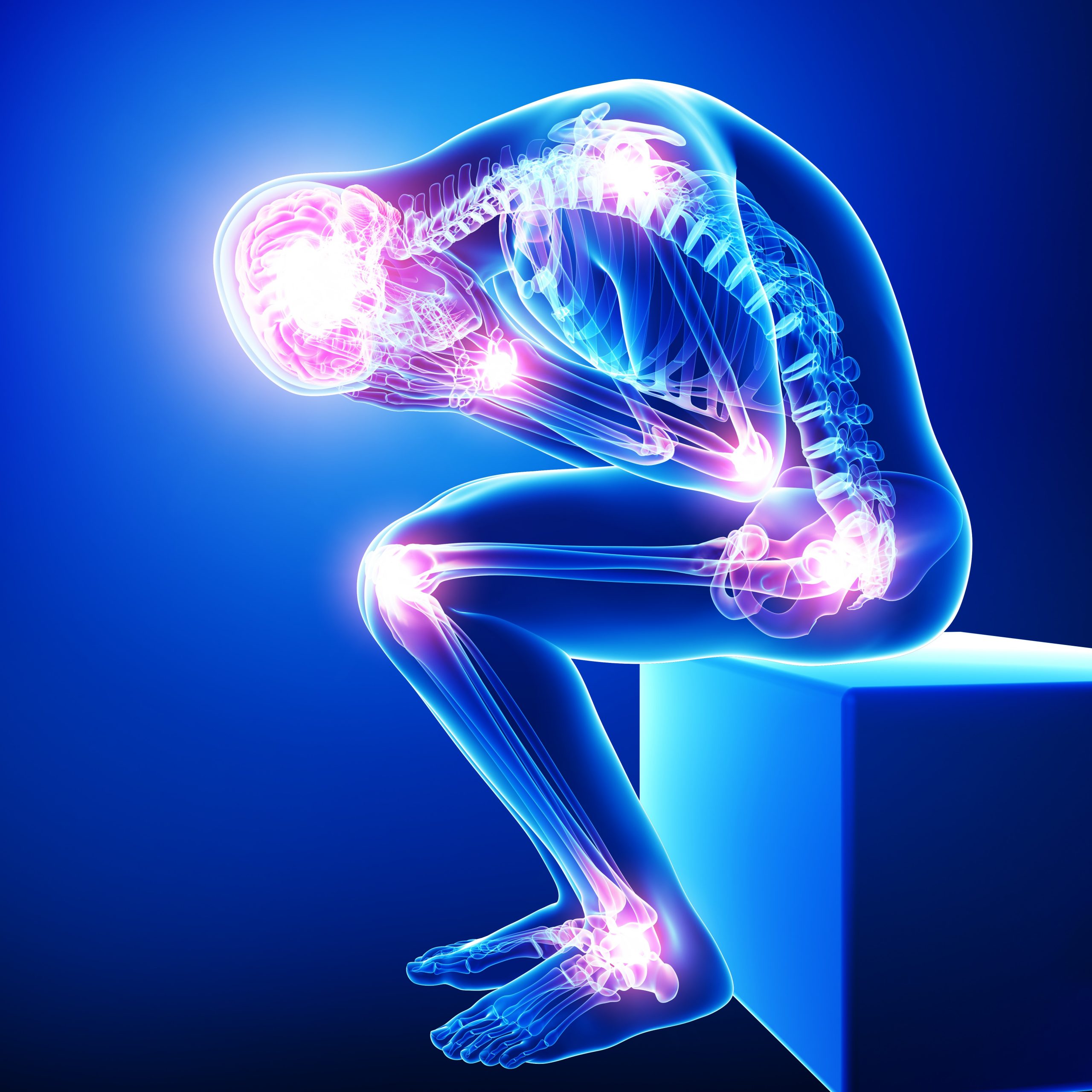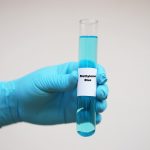
Personal trainers should be familiar with each type of arthritis and discuss effective training strategies and exercises that can benefit those afflicted as well as exercises that are to be avoided.
Osteoarthritis (OA) is the most common form of arthritis affecting over 32 million people in the United States. OA typically affects the weight-bearing joints, but can also affect other parts of the body.
When we think of arthritis, we tend to think of only one type; having a basic understanding and learning about the other forms and working alongside a physiotherapist can be a win/win situation.
Other Forms of Arthritis
1. Degenerative Disc Disease/OA of the spine
2. Rheumatoid Arthritis
3. Juvenile Rheumatoid Arthritis
4. Ankylosing Spondylitis
Treating OA
Education is widely held to be the most effective form of treatment for OA. Education should start with a physician and be followed by a health and fitness professional, such as aphysical therapist and personal trainer. For the trainer, arthritis should be identified during an initial client consultation. However, because the condition can develop over time, it is best to “stay in the loop” with a client and his or her physician, particularly when a doctor’s orders include contraindications to specific exercises.
There are medications discussed between physicians and patients physicians. Some of the more common are NSAIDS (non-steroidals) including ibuprofen, naproxen, cyclooxygenase inhibitors (Celebrex) and Vioxx. Steroid injections are another treatment option, but can only be administered on a limited (often just three times per year). One downside of the prolonged use of steroid injections can be a predisposition to osteoporosis – clearly a counterproductive development.
Exercising with Osteoarthritis
The onset of OA is associated with factors such as body misalignment and heredity, but other potential contributors include obesity (due to the extra stress it places on the weight-bearing joints such as the hips and knees) and (especially in younger people) joint injuries and trauma.
The pain of arthritis often goes beyond the affected joints and tissues. Arthritis pain sufferers may experience feelings of depression, anger, anxiety and loss of self-esteem. In addition, arthritis can impact a person’s willingness to exercise, which can become a vicious cycle: An anticipation of pain can be enough for someone with arthritis to cut down on many activities and avoid certain activities altogether, which in turn can contribute to less physical activity in general.
Reduced activity can lead to reduced mobility, which can aggravate the condition. With that in mind, it is important to realize that arthritis pain sufferers can perform any type of non-load-bearing exercises that the specific joint condition will allow (within reason). This can mean the performance of swimming, cycling, and walking, among other activities.
Other activities may include resistance exercise programs to the brisk performance of the activities of everyday living. Exercise programs that include range-of-motion efforts, flexibility, strength, and endurance exercises can have noticeable benefits such as:
- less muscle shortening and joint contraction;
- improved circulation in affected joints;
- increased mobility and range of motion;
- decreased likelihood of disability and deformity, and;
- improved sense of well-being and self-esteem.
In order to get the most benefit from exercise, arthritis pain sufferers should accommodate the affected joints in order to make staying physically active enjoyable.
Some suggestions for planning exercises for people with OA include:
- Performing 30 minutes total of activity each day. These can be performed in 10-minute intervals.
- Performing moderate resistance exercise, which can reduce joint pain. If there are multiple joints affected, it might be appropriate for the person to consult with a qualified rheumatologist. In cases of severe, multi-joint pain, physical therapy may be necessary.
- Seeking out support from peers. Many communities have support groups for arthritis pain sufferers, such as People with Arthritis Can Exercise (PACE).
Rheumatoid Arthritis (RA)
This is a systemic inflammatory disorder that mainly affects the diarthrodial joint. It is the most common form of inflammatory arthritis and has a substantial societal effect in terms of cost, disability, and lost productivity. The disease can occur at any age, but it is most common among those aged 40-70 years, with its incidence increasing with age.
The predominant symptoms are pain, stiffness, and swelling of peripheral joints. The clinical course of the disorder is highly variable, ranging from mild, self-limiting arthritis to rapid. An inflamed synovium is central to the pathophysiology of rheumatoid arthritis.1
Medical Management of RA
Those affected with R.A. have several medical interventions that can provide pain relief and improved function. Physical therapy should be considered as the earlier these signs and symptoms are recognized, the better the prognosis.
Medically, the introduction of low-dose weekly methotrexate as monotherapy for rheumatoid arthritis provided an incremental improvement in tolerability and efficacy for many patients. Although no durable remissions were reported, results of clinical trials of methotrexate showed a consistent 50-80% clinical response relative to baseline, with long-term stabilization of functional status.2,3,4
Training Strategies for RA
The client that utilizes personal training is most likely apprehensive, skeptical, and most of all, doesn’t know where to begin. The first thing that is critical to help these clients is education. To avoid excessive load-bearing exercises on their joints, particularly their wrists and hands. To design a program that is simple consisting of utilizing machines, incorporating physioball training, aqua therapy, and carefully monitoring form and fatigue levels.
Juvenile Rheumatoid Arthritis (JRA)
Children with pauciarticular JRA typically present with a limp and joints that are warm and effused but not red and hot and systemic symptoms are absent. The knee is the most commonly affected joint followed by the ankle and elbow. The age of onset is defined as before 16 years and the duration of arthritis is a minimum of six weeks in at least one joint.
This classification scheme includes three onset subtypes: systemic, polyarticular, and pauciarticular; characterized by clinical features in the first 6 months of disease. The prevalence of the different subtypes of JRA varies among different geographic and ethnic groups.5
Medical Management of JRA
As stated with R.A., drug intervention is one approach to help those with JRA and is always dictated by the clients’ physician. With the evolution of new medicine, it is imperative that both the patient and the health professional understand what they might be taking on a daily basis.
Training Strategies for JRA
The JRA client is special because truly understanding your anatomy, biomechanics and periodization training, can provide optimal outcomes. Avoid excessive load-bearing exercises on their joints, particularly their wrists and hands. To design a program that is simple consisting of utilizing machines, incorporating physioball training, aqua therapy and carefully monitoring form and fatigue levels.
Ankylosing Spondylitis (AS)
This is a chronic inflammatory rheumatic disease usually affecting young adults affecting the axial skeleton causing characteristic inflammatory back pain. The cause is unknown and there is a strong genetic link to its etiology. Young adults will complain with morning stiffness and difficulty with sitting, standing, and prolonged activities.6
Medical Management of AS
The treatment of AS is tailored to the individual patient. Pharmacological and physical therapy has shown to be very effective. When in doubt, consult with the client’s physician and physiotherapist.
Training Strategies for AS
When training clients with AS, it is vital to communicate with the entire rehabilitation team. The focus of training should be simple exercises that avoid axial loading(ie. shoulder press/squatting). Program design should emphasize on low volume, adequate rest periods, structural exercises, aqua therapy and gentle stretching.
Summary
Arthritis continues to affect many individuals for various reasons. Can it be prevented? One thing is certain, knowledge, prevention and early screening is fundamental. Anatomy, biomechanics, and periodization training don’t change. Medicine and an individualized approach is the cornerstone of effective and optimal training outcomes.
References
1. http://www.cdc.gov/arthritis/basics/osteoarthritis.htm
2. Lawrence RC, Delson DT, Helmck CG et al. Estimates of the prevalence of arthritis and other rheumatic conditions in the United States. Arthritis Rheumatology. 58(1) pgs: 26-35. 2008.
3. http://www.cdc.gov/arthritis/data_statistics/arthritis_related_stats.htm
4. http://www.niams.nih.gov/
5. David M Lee et al. Rheumatoid Arthritis. The Lancet, Vol. 358. September 2001.
6. Weinblatt ME, Maier AL, Fraser PA, Coblyn JS. Long-term prospective study of methotrexate in rheumatoid arthritis: conclusion after 132 months of therapy. Journal of Rheumatology. 25: pp: 238-42. 1998.
7. Kremer JM. Safety, efficacy, and mortality in a long-term cohort of patients with rheumatoid arthritis taking methotrexate: follow-up after a mean of 13·3 years. Arthritis Rheum. 40: pp: 984-85. 1997.
8. Tugwell P, Wells G, Strand V, et al. Clinical improvement as reflected in measures of function and health-related quality of life following treatment with leflunomide compared with methotrexate in patients with rheumatoid arthritis: sensitivity and relative efficiency to detect a treatment effect in a twelve-month, placebo-controlled trial. Arthritis Rheum. 43: pp: 506-14. 2000.
9. Schneider, Rayfel. Et al. Rheumatology Disorders Clinics of North America. 28. pp: 503-530. 2002.
10. Braun, Jurgen et al. Ankylosing Spondylitis. The Lancet. 369, 9570; Research Library. pg. 1379. 2007.
About the Author
Chris Gellert, PT, MPT, CSCS, CPT Biography Chris is the President of Pinnacle Training & Consulting Systems, LLC. A consulting and education company that is committed to create and provide evidenced-based educational material in the form of home study courses, dynamic live seminars, mini-books, DVD’s and other electronic media that educates personal trainers taking their knowledge and training to another level.
As both an experienced physical therapist and certified personal trainer, a national fitness presenter at the following conferences;(Club Industry, ECA, IDEA, IHRSA, NSCA, TSI Summit), he continues to write for various publications and websites, consults and is presently pursuing an Advanced Master’s Degree in Orthopedics and Manual Therapy in Australia to be completed 2011.







